Z270, H270, B250, H110 and HM175 - what's the difference?
Along with the new Intel 7th Generation 'Kaby Lake' Core processors (numerically will read 7xxx), comes a new set of chipsets to pair them with: Z270, H270, B250 for consumer motherboards, Q270 and Q250 for business use, CM238 for Xeon processors, existing H110 for entry motherboards and HM175 for notebooks. Intel 7th Gen processors also work in existing Z170, H170, B150, Q170, Q150 and H110 series motherboards, as long as you have the BIOS updated to the latest versions. However, ideally you'll want to pair the new chips with the latest motherboards as they are designed expressly for each other, offering best features and performance and overclocking where available.
| Z270 | H270 | B250 | Q270 | Q250 | HM175 | QM175 | CM238 | |
| DMI | 3.0 | 3.0 | 3.0 | 3.0 | 3.0 | 3.0 | 3.0 | 3.0 |
| PCIe 3.0 Lanes | 24 | 20 | 12 | 24 | 14 | 16 | 16 | 20 |
| SATA 6 Gbps Ports | 6 | 6 | 6 | 6 | 6 | 4 | 4 | 8 |
| USB 3.0 Ports | >= 10 | 8 | 6 | >= 10 | 8 | >= 8 | >= 8 | >= 10 |
| Total # USB 2.0/3.0 | 14 | 14 | 12 | 14 | 14 | 14 | 14 | 14 |
| Max Drives for PCIe RST | 3 | 2 | 1 | 3 | 1 | 2 | 2 | 3 |
| PCI-Express Config options | x16 x8/x8 x8/x4/x4 |
x16 | x16 | x16 x8/x8 x8/x4/x4 |
x16 | x16 x8/x8 x8/x4/x4 |
||
| Overclocking | Yes | No | ||||||
| vPro | No | No | No | Yes | No | No | Yes | Yes |
| Intel Management Support | No | No | No | Yes | Yes | No | Yes | Yes |
Z270
The Z series is designed for enthusiasts. It's the only chipset that allows overclocking and it delivers the most hardware to build on: more PCI-Express, USB 3.0 and RST drives across both PCI-Express and SATA.
While the available CPU PCI-Express lanes remain the same: 16x single, split into 8x8x for SLI/CrossFire or a single 8x with two 4x, there are 24 PCI-Express 3.0 lanes available at the PCH that can be directed to additional chipsets like networking, wireless, or M.2/U.2 storage drives. Some of these PCI-Express lanes share IO duty with USB/SATA, so motherboards will unlikely offer all 24, but instead it gives flexible combinations of PCI-E, USB and SATA to meet specific needs for different models. Up to three drives in PCI-Express RST for RAID-0/5 across multiple M.2/U.2 where available.
Who needs the Z270? Users who demand the "-st": Fastest, Best, Most. Overclockers, multi-GPU gamers and big, fast storage array users; anyone who wants to maximize their potential build without jumping into the more expensive X-series chipsets and LGA2011-E CPUs.
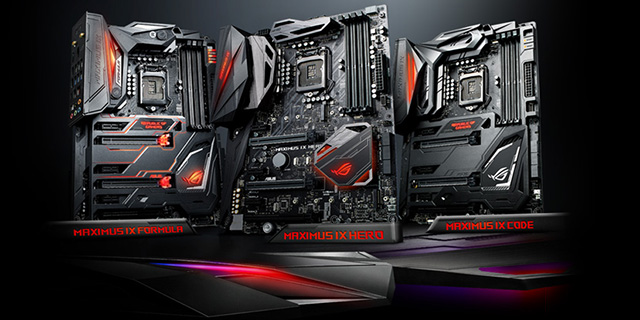
ROG and ROG Strix Z270 Gaming motherboards to look out for:
- Maximus IX Apex
- Maximus IX Extreme
- Maximus IX Formula
- Maximus IX Code
- Maximus IX Hero
- Strix Z270E Gaming
- Strix Z270F Gaming
- Strix Z270G Gaming
- Strix Z270H Gaming
- Strix Z270I Gaming
H270
The H270 is ideal for gamers looking for a straight-forward build with many features for add-ins or future upgrades, but without fussing with overclocking or multi-GPU. The H270 offers almost as many PCI-Express lanes, USB 3.0 ports and SATA as the Z270. Up to two drives in PCI-Express RST for super fast RAID-0 M.2/U.2 where available.
H270 offers up to four DIMMs, six SATA ports and importantly can even use M.2/U.2 PCI-Express storage devices via CPU - a must for anyone looking to maximize their storage performance - and something the B250 doesn't offer.
Who needs the H270? Single-GPU gamers who want fast systems with big, rapid storage setups and plenty of other extra hardware and upgrade potential, but don't want to worry about overclocking.
ROG H270 Gaming motherboards to look out for:
B250
Like the H270, the B250 is aimed at users who prefer single GPU gaming setups without overclocking. However the B250 offers a slimmer feature set than H270, making it suitable for users who need less expansive systems. It still offers six SATA 6Gbps and plenty of USB 3.0, but there's only ~half the PCI-Express lanes available and no multi-drive PCI-Express M.2/U.2 support for RAID-0 - only one is covered by Intel RST.
Who needs the B150? Single-GPU gamers who opt for a single, fast M.2/U.2 device with plenty of SATA used for storage. Peripheral needs are more basic, and less than the wealth offered by H270.
ROG B250 Gaming motherboards to look out for:
H110
A roll-over from the previous generation, existing H110 motherboards will feature BIOS updates for 7th generation compatibility and as 2017 progresses we may see some 7th Generation focused refresh models arrive.
H110 is designed for entry-level motherboards, meaning it meets basic build needs as features are most limited. For example, the DMI link between CPU and H110 (PCH) is limited to a slower 5GT/s vs 8GT/s, there's no PCI-Express 3.0 on the PCH, fewer USB devices and just two DIMM slots available versus the four on the higher performance chipsets above. It's your go-to option for basic, yet stable builds that meet a core set of needs.
ASUS H110 Signature motherboards to look out for:
HM175
The M series is for notebooks. You'll see the HM175 in the spec list of ROG and Strix gaming laptops fitted with 7th Gen processors, such as the i7-7770HQ or i5-7300HQ. Despite still being a '1' series it still offers plenty of PCI-Express and USB ports for notebook connectivity, and up to two M.2 drives in RAID-0 can be fitted. It's unlikely you'll need both this and all four SATA 6Gbps ports, but it's all in there, just in case!
Author
Popular Posts
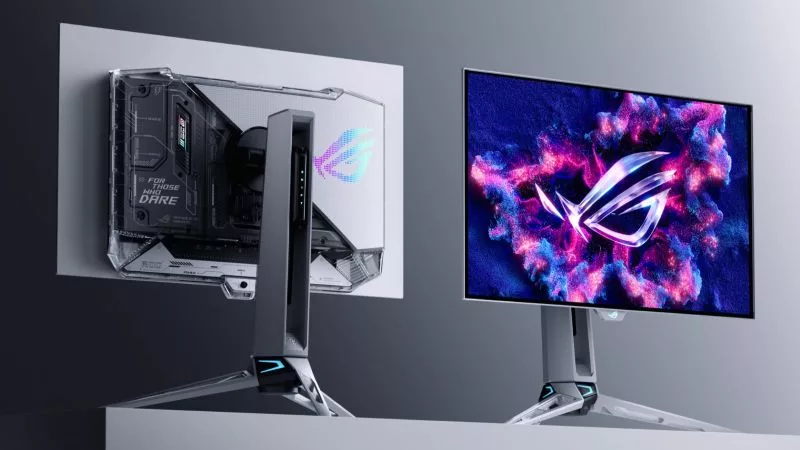
Prepare for Tandem OLED splendor with these new ROG gaming monitors

How to adjust your laptop's P-Cores and E-Cores for better performance and battery life
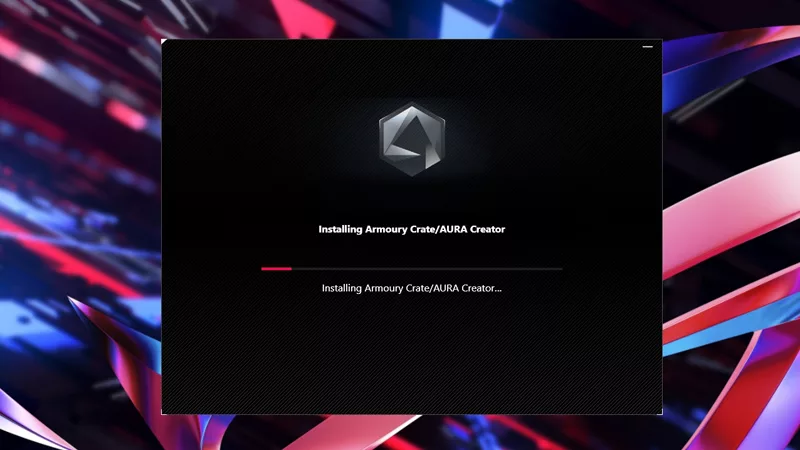
How to Cleanly Uninstall and Reinstall Armoury Crate
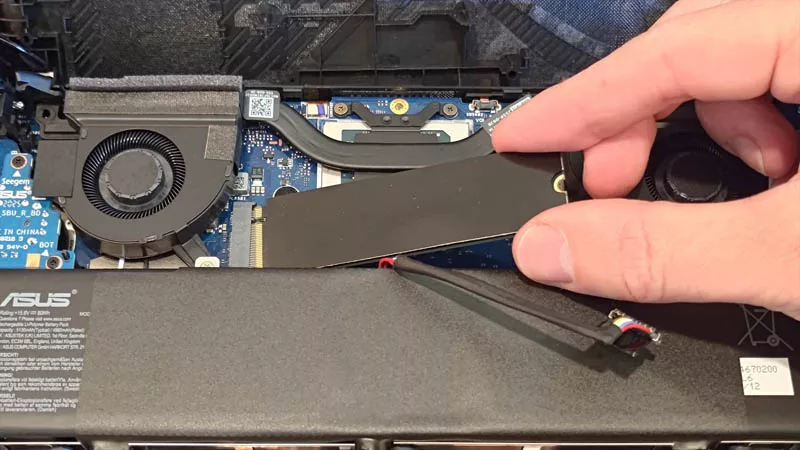
How to upgrade the SSD and reinstall Windows on your ROG Ally, ROG Xbox Ally, or ROG Xbox Ally X
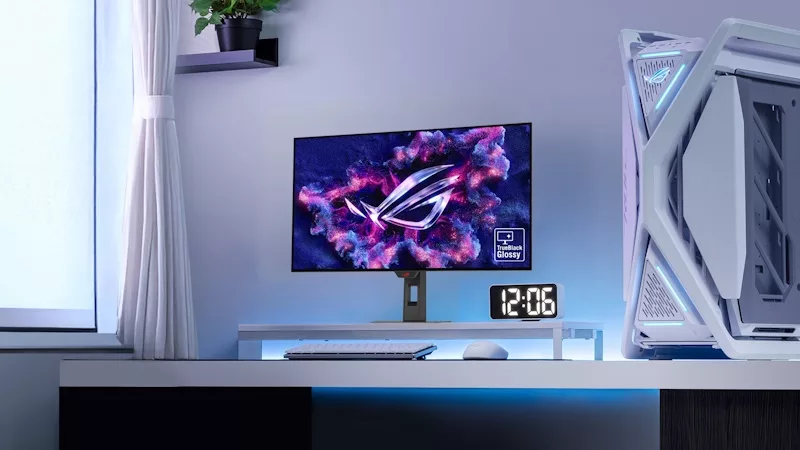
32-inch glossy WOLED panels debut in the ROG Strix OLED XG32UCWMG and XG32UCWG gaming monitors
LATEST ARTICLES
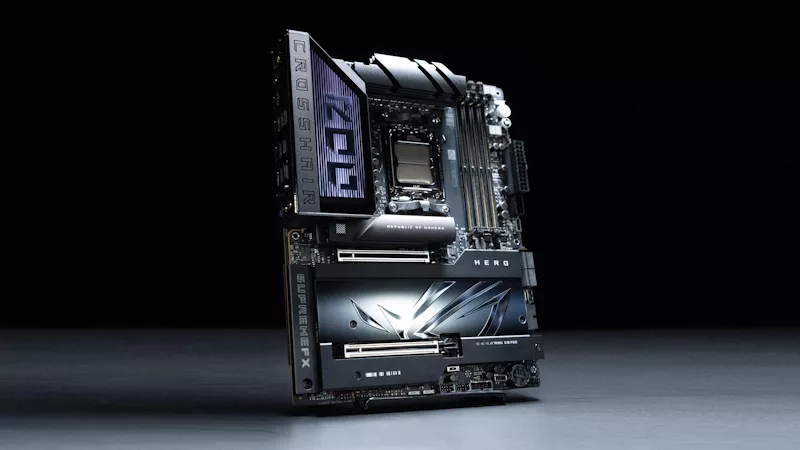
ROG Strix vs Extreme vs Apex vs Hero: What's the difference between ROG gaming motherboards?
When we launch a new generation of motherboards, we don’t just design one model and expect it to meet everyone’s needs. We give you a broad range of options from our ROG Maximus, Crosshair, and Strix lineups so that you can find the board for your next build.
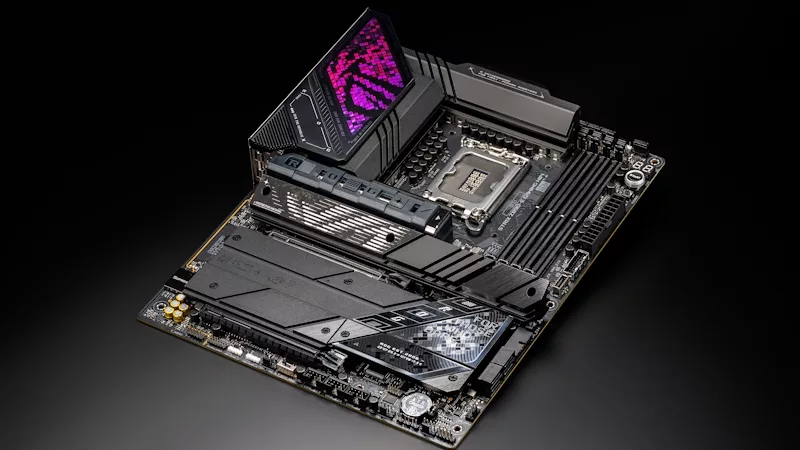
Install up to seven M.2 SSDs on one motherboard with new ROG M.2 PowerBoost tech
Here's how ROG M.2 PowerBoost allows you to install more M.2 drives in one system while enjoying more stable performance.
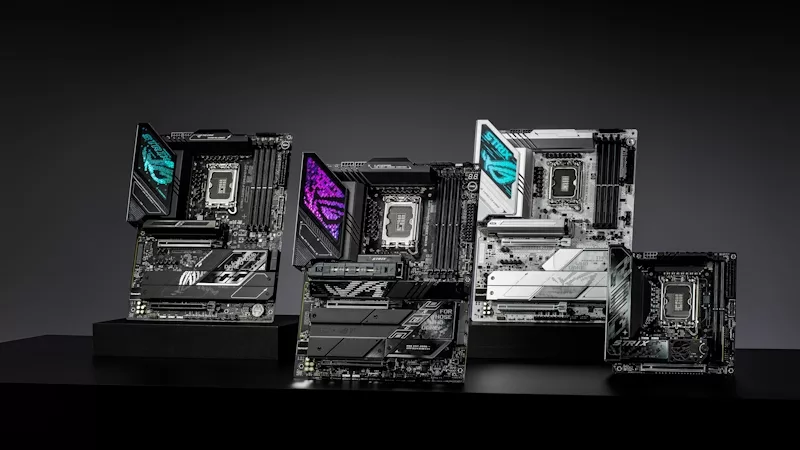
ROG Z890 motherboard guide: meet the new contenders for your next gaming rig
New ROG Maximus and ROG Strix Z890 motherboards stand ready for your Intel Core Ultra (Series 2) CPU.
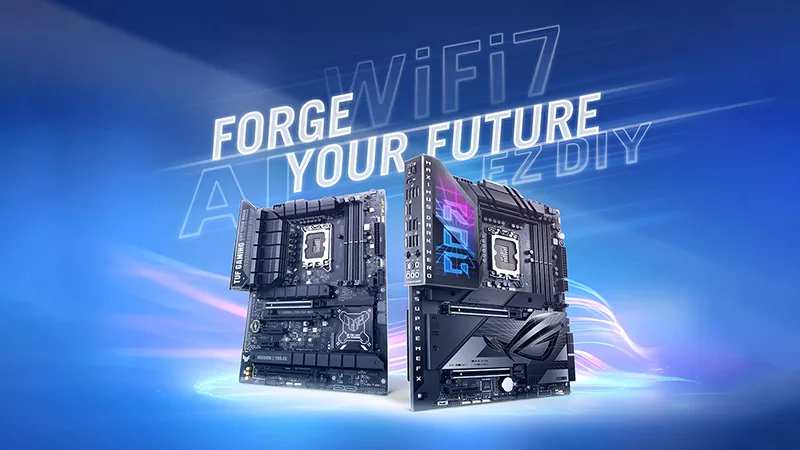
New Z790 motherboards from ROG pave the way for 14th Gen Intel Core CPUs
WiFi 7 support, more fast storage, front-panel device charging, intelligent controls — our latest Z790 motherboards have it all.
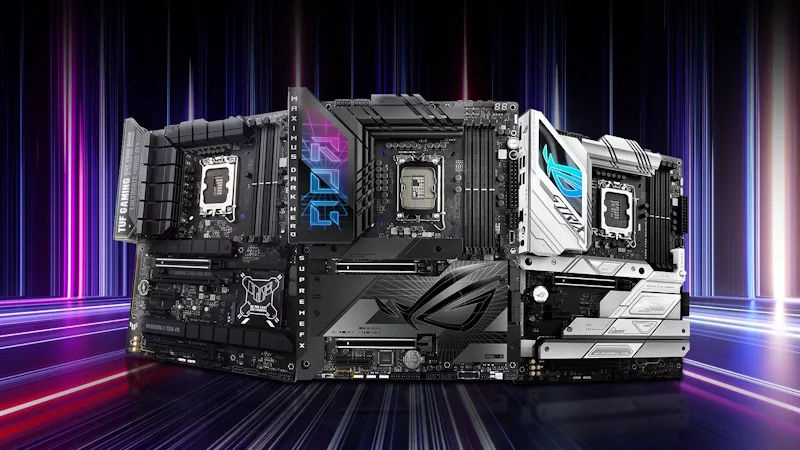
New Z790 motherboards from ROG pave the way for next-gen Intel Core CPUs
WiFi 7 support, more fast storage, front-panel device charging, intelligent controls — our latest Z790 motherboards have it all.
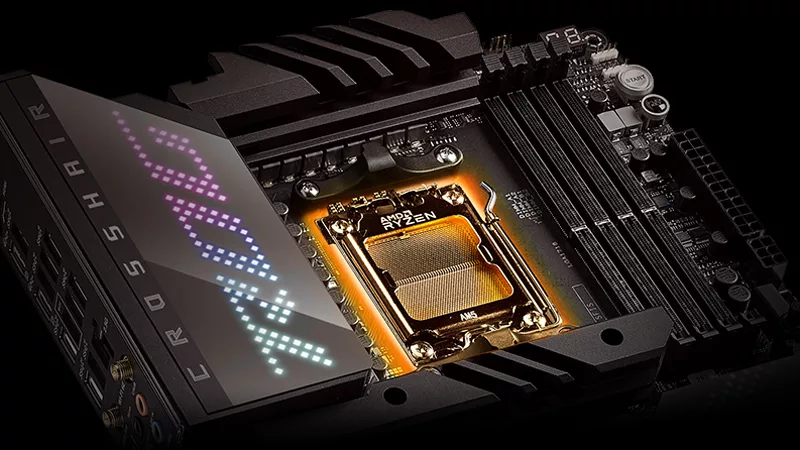
The best motherboards for a Ryzen 9 7950X3D CPU from ROG and TUF Gaming
AMD has released two new processors with 3D V-Cache technology: the Ryzen 9 7950X3D and the Ryzen 9 7900X3D. ROG and TUF Gaming X670 motherboards will provide a rock-solid foundation for these new top-tier chips.